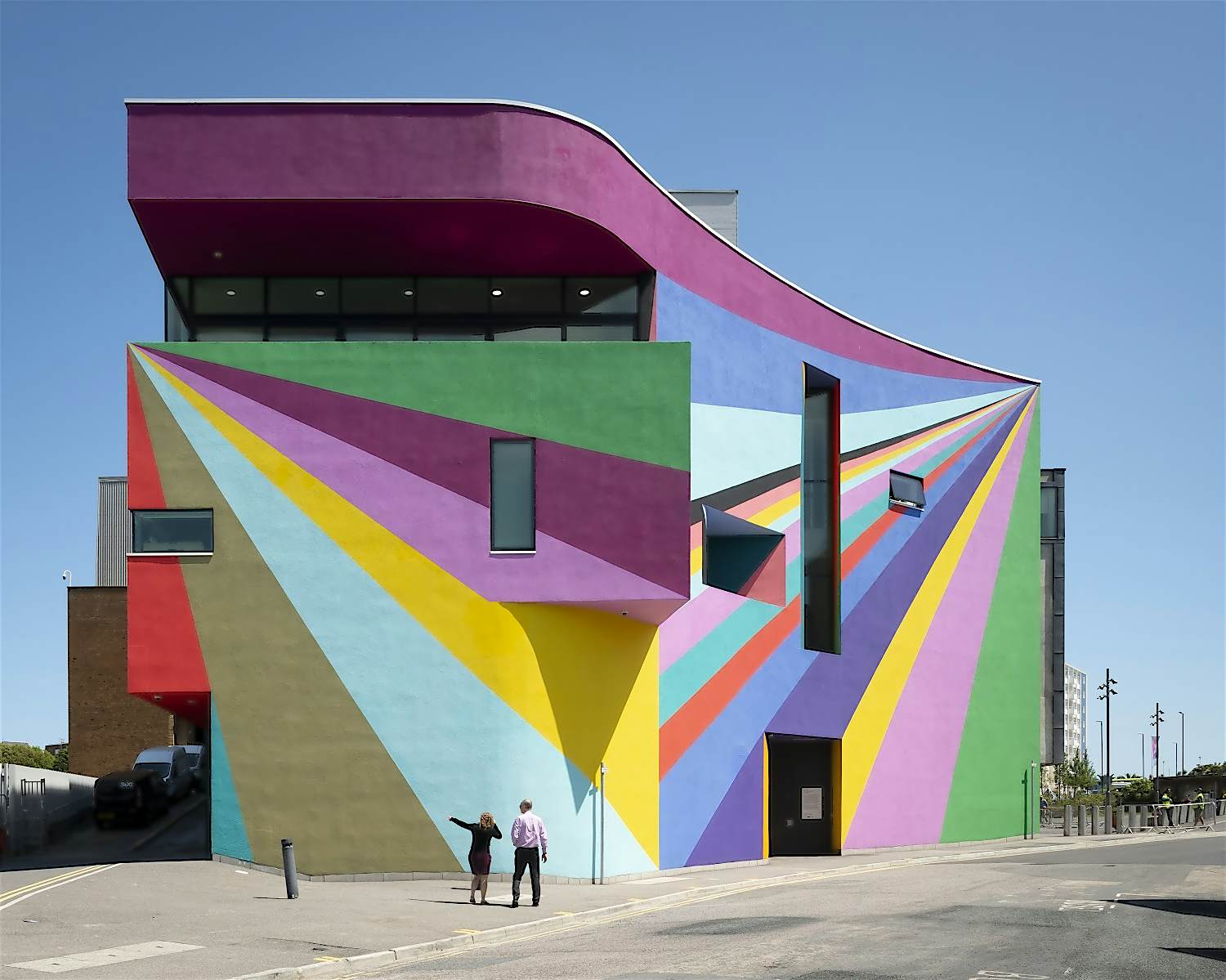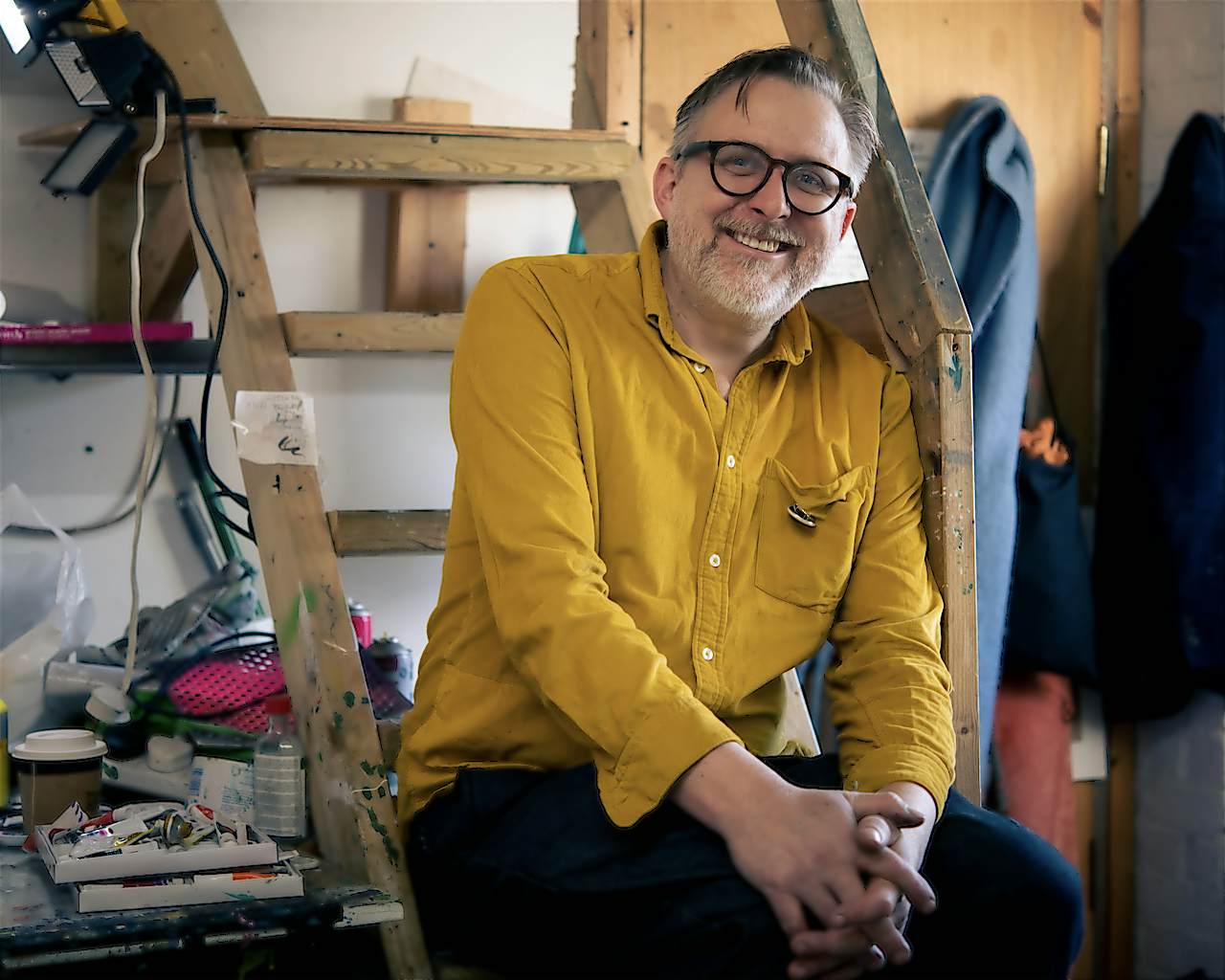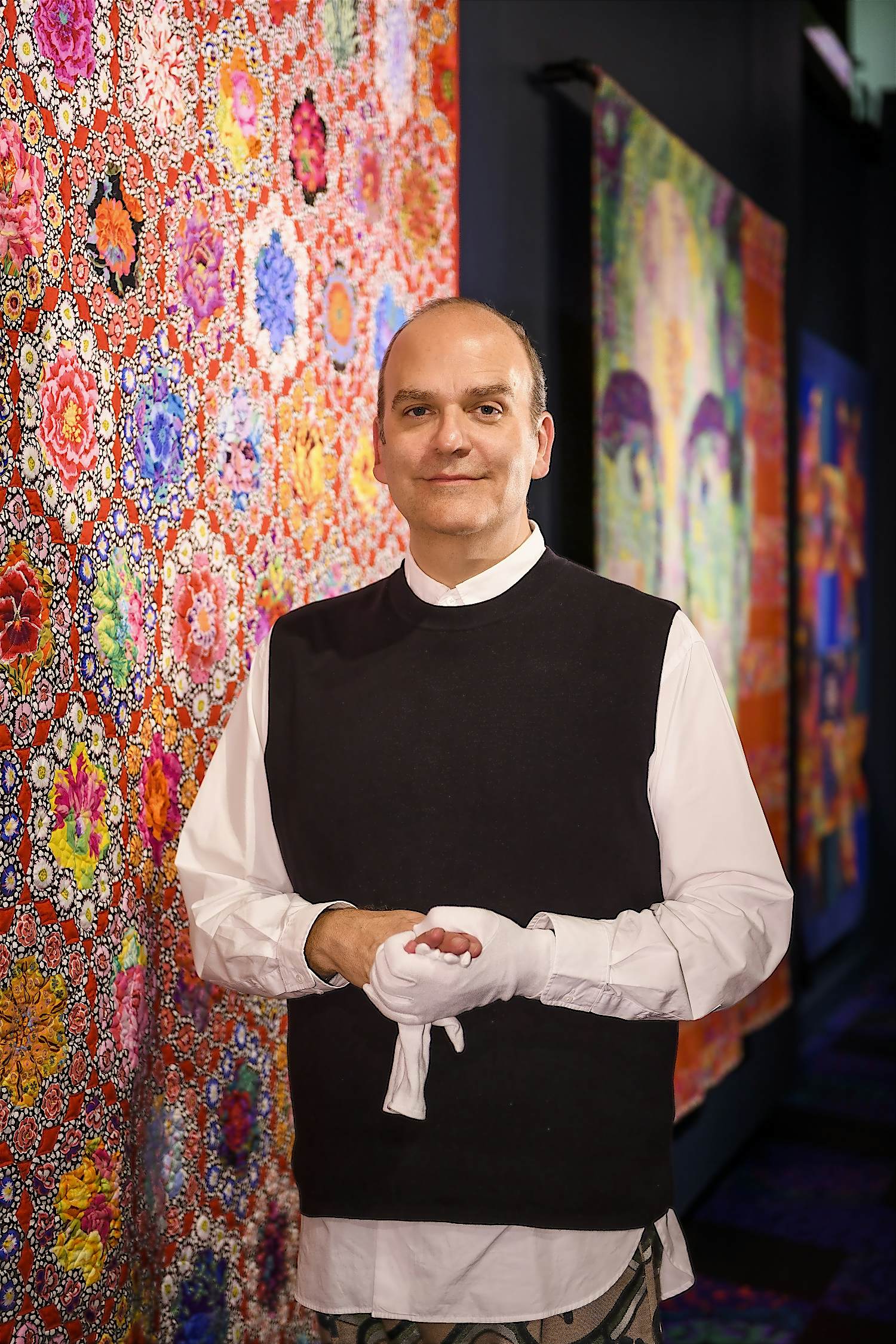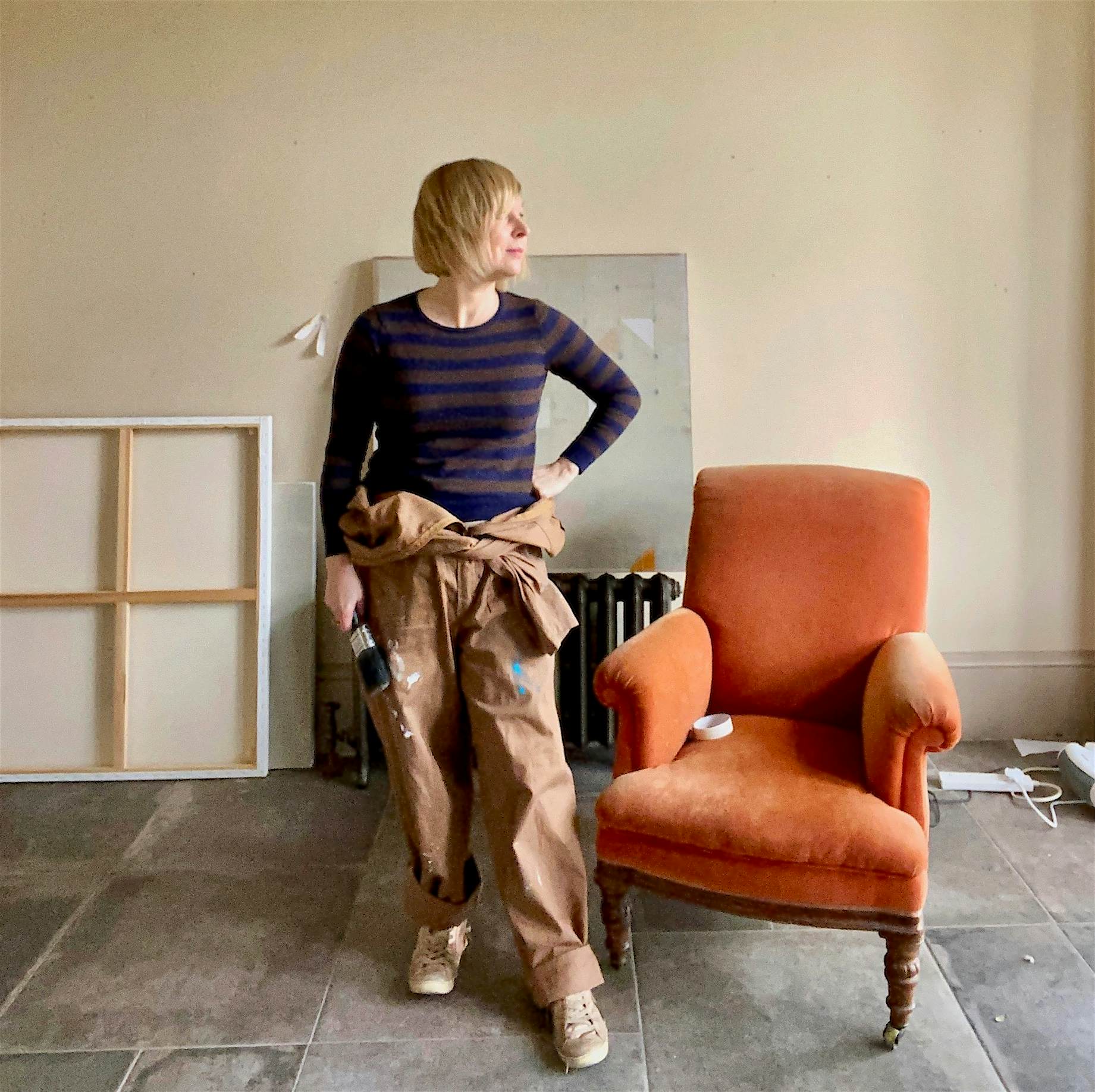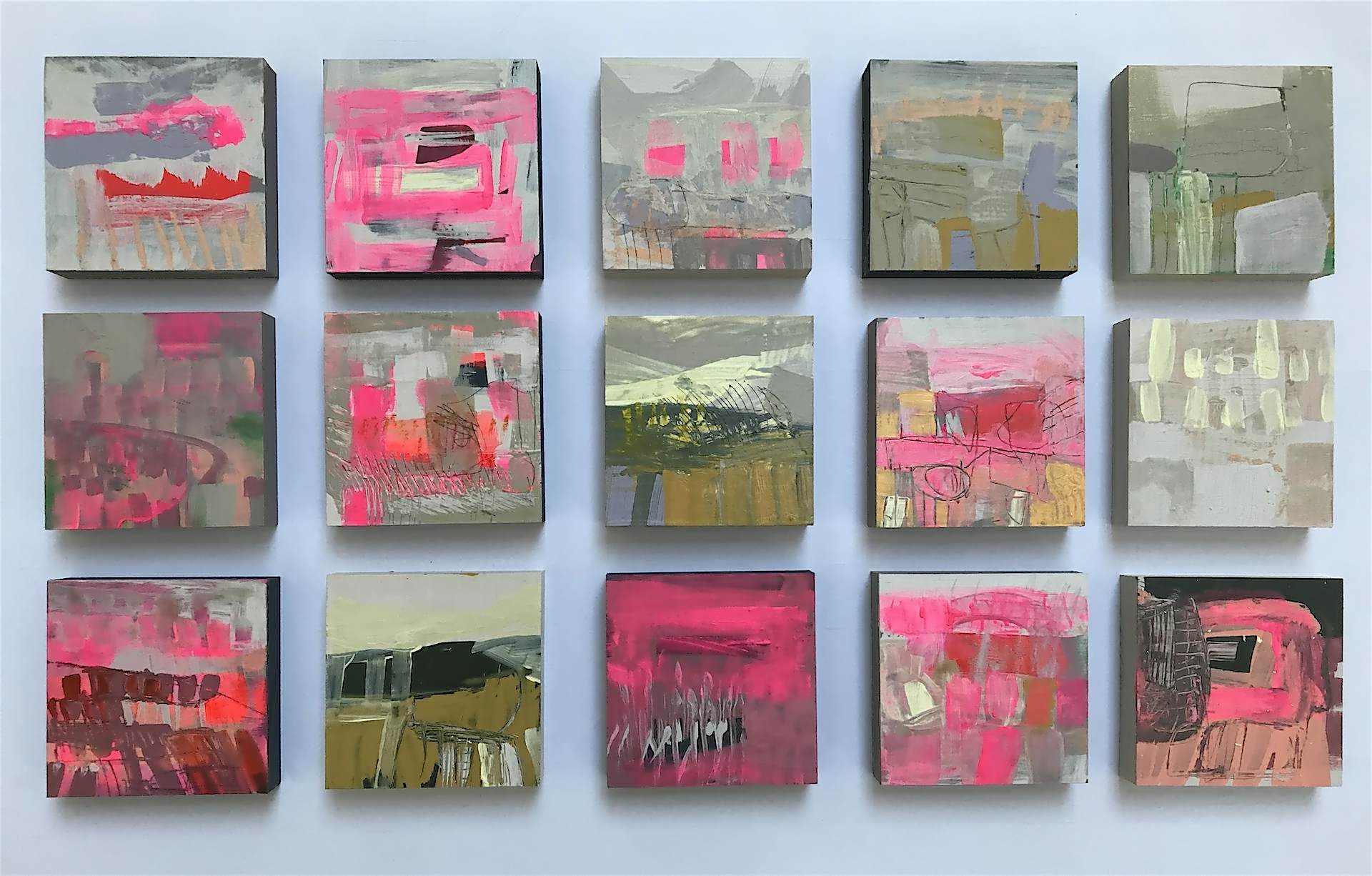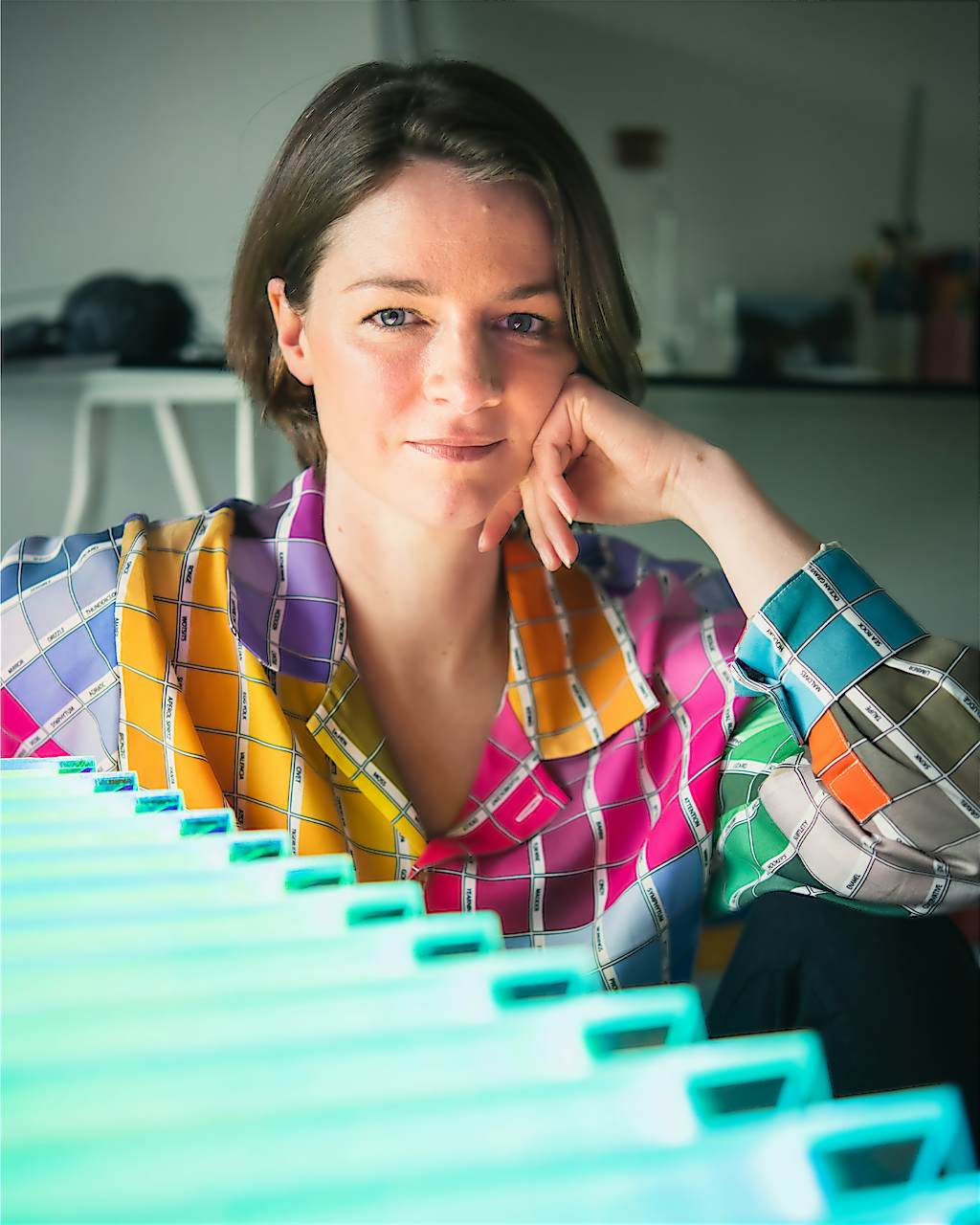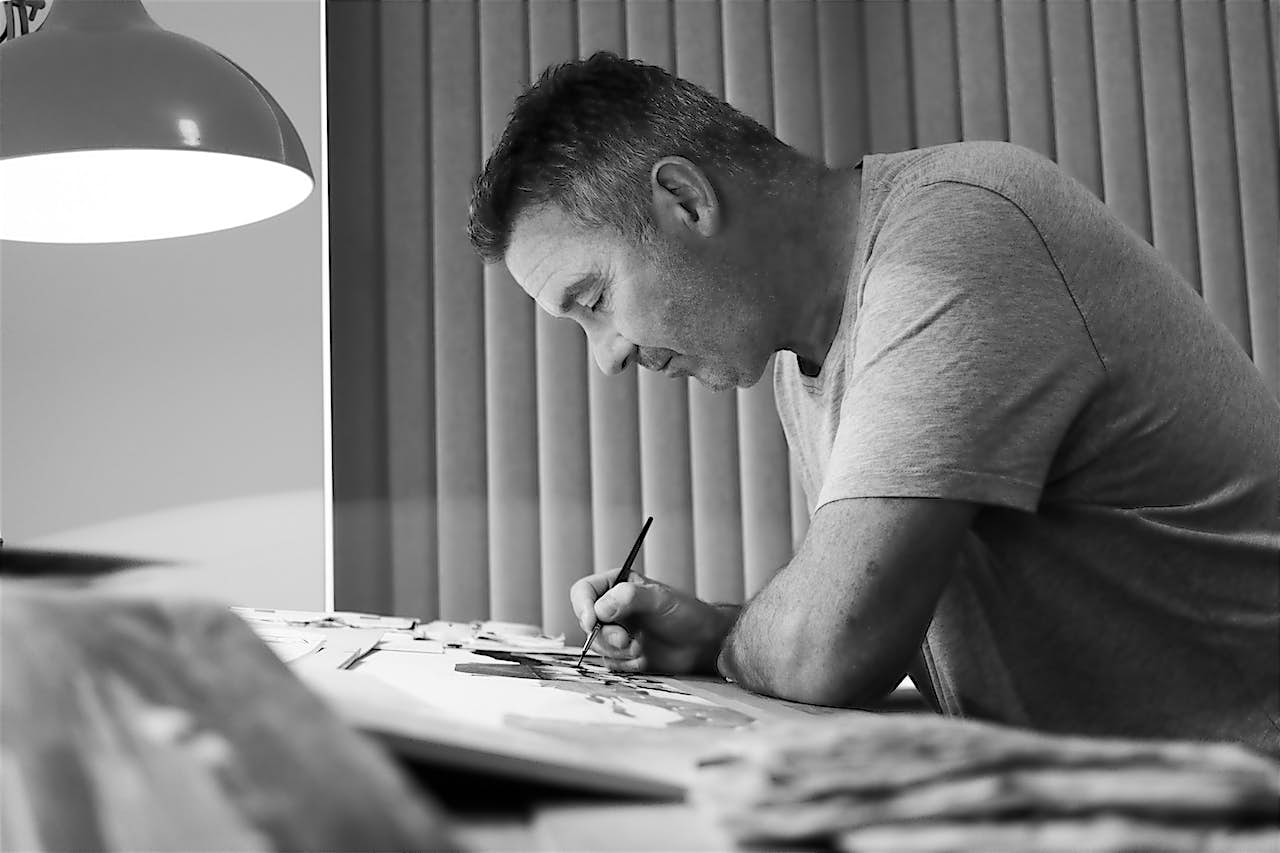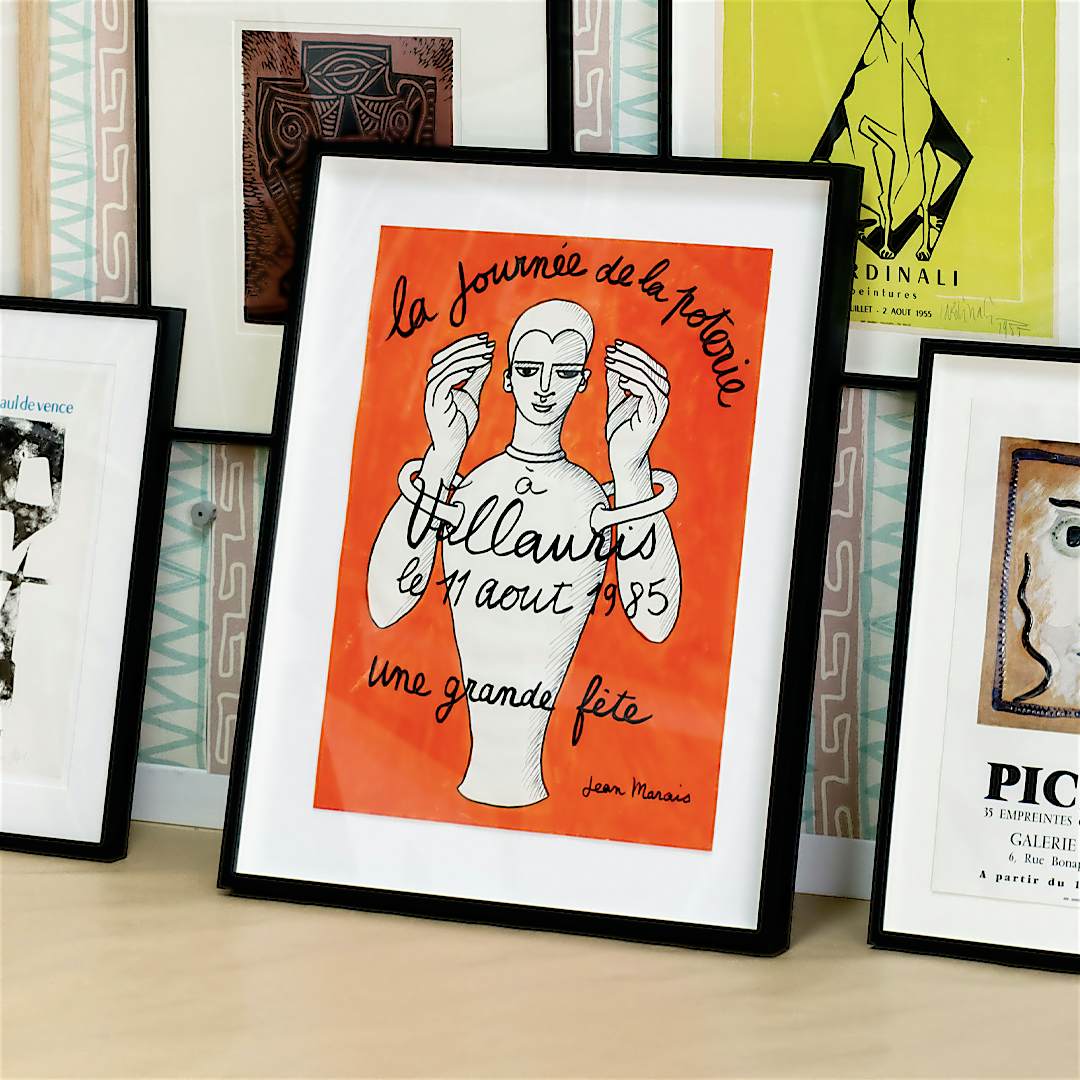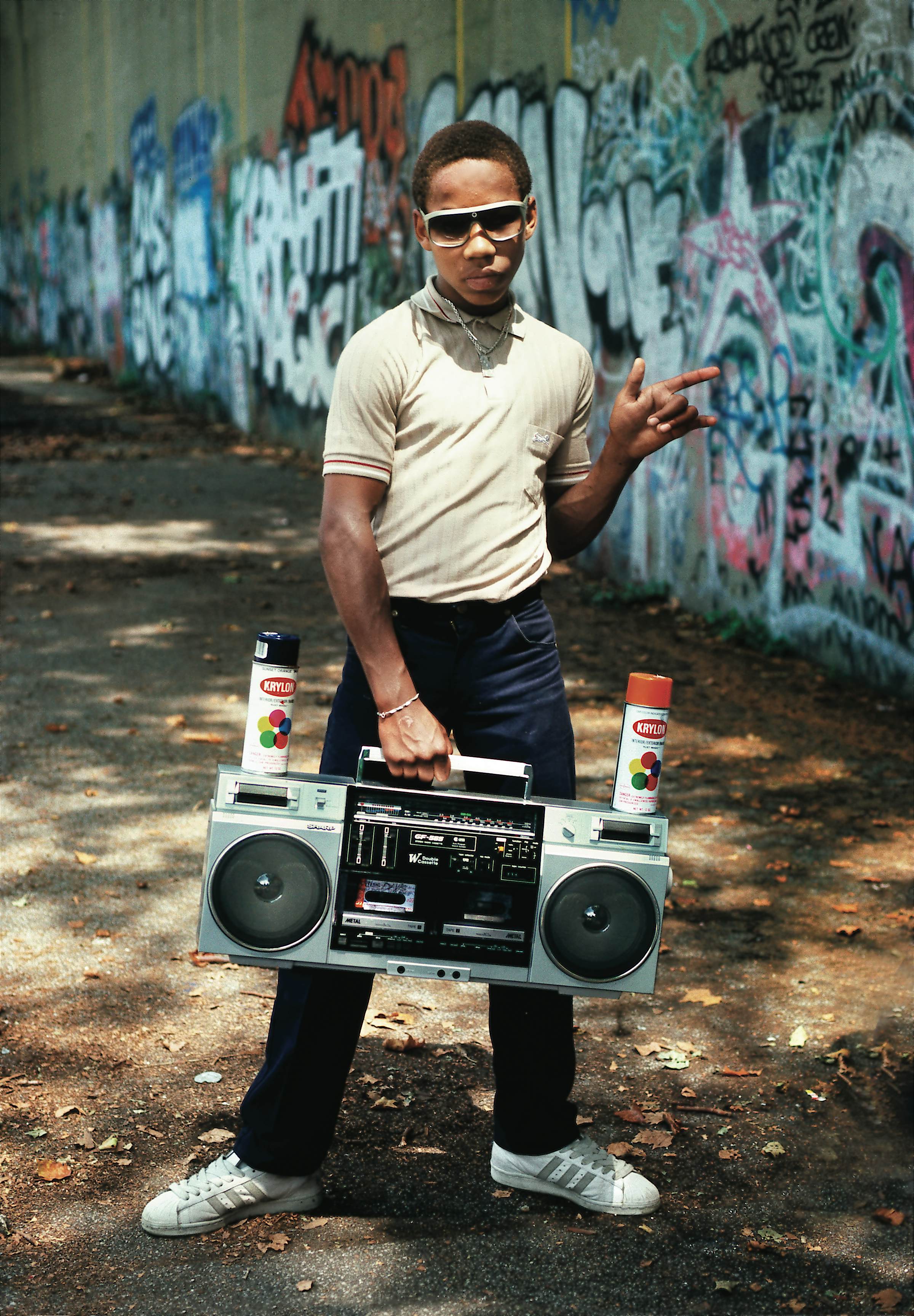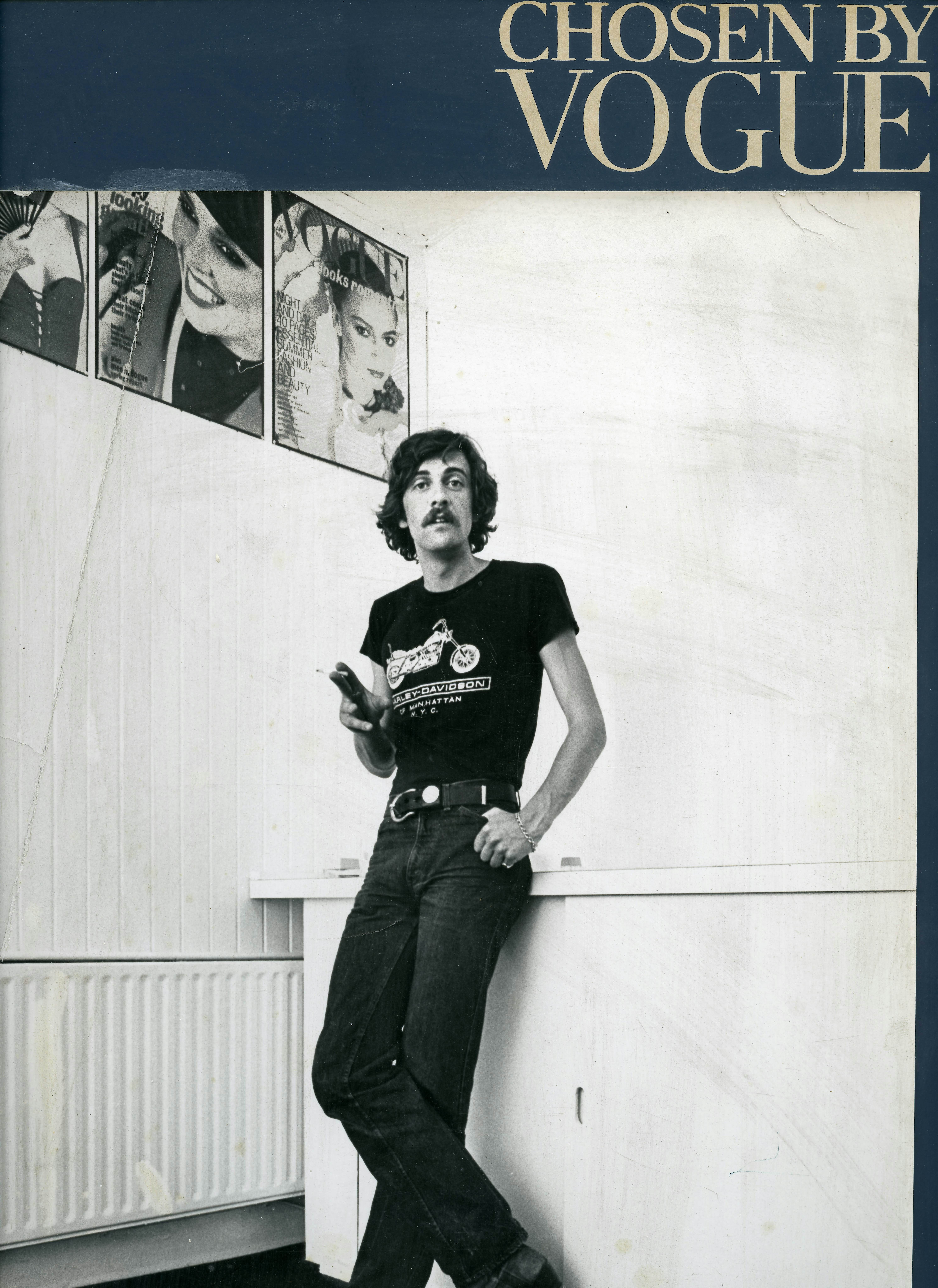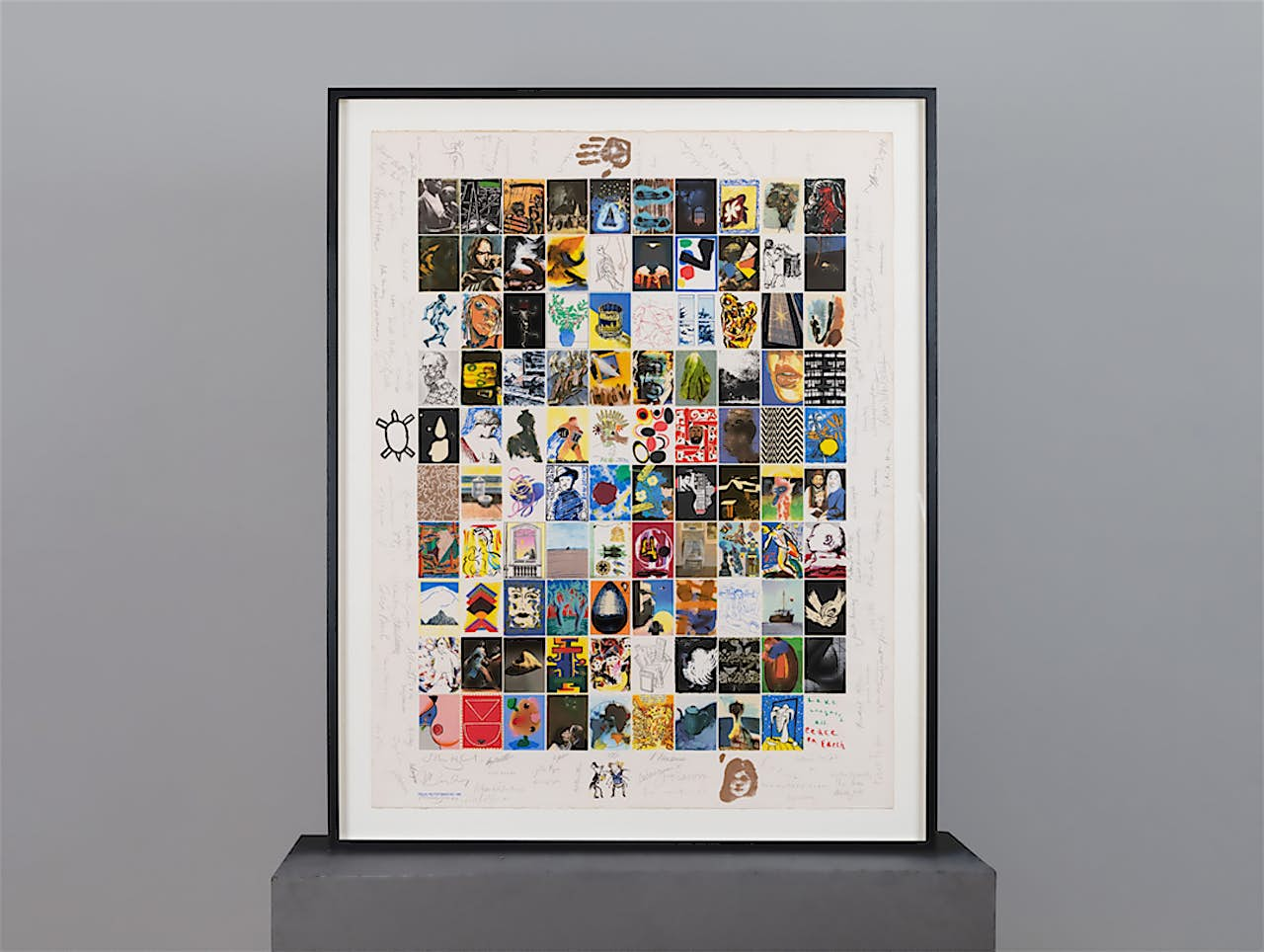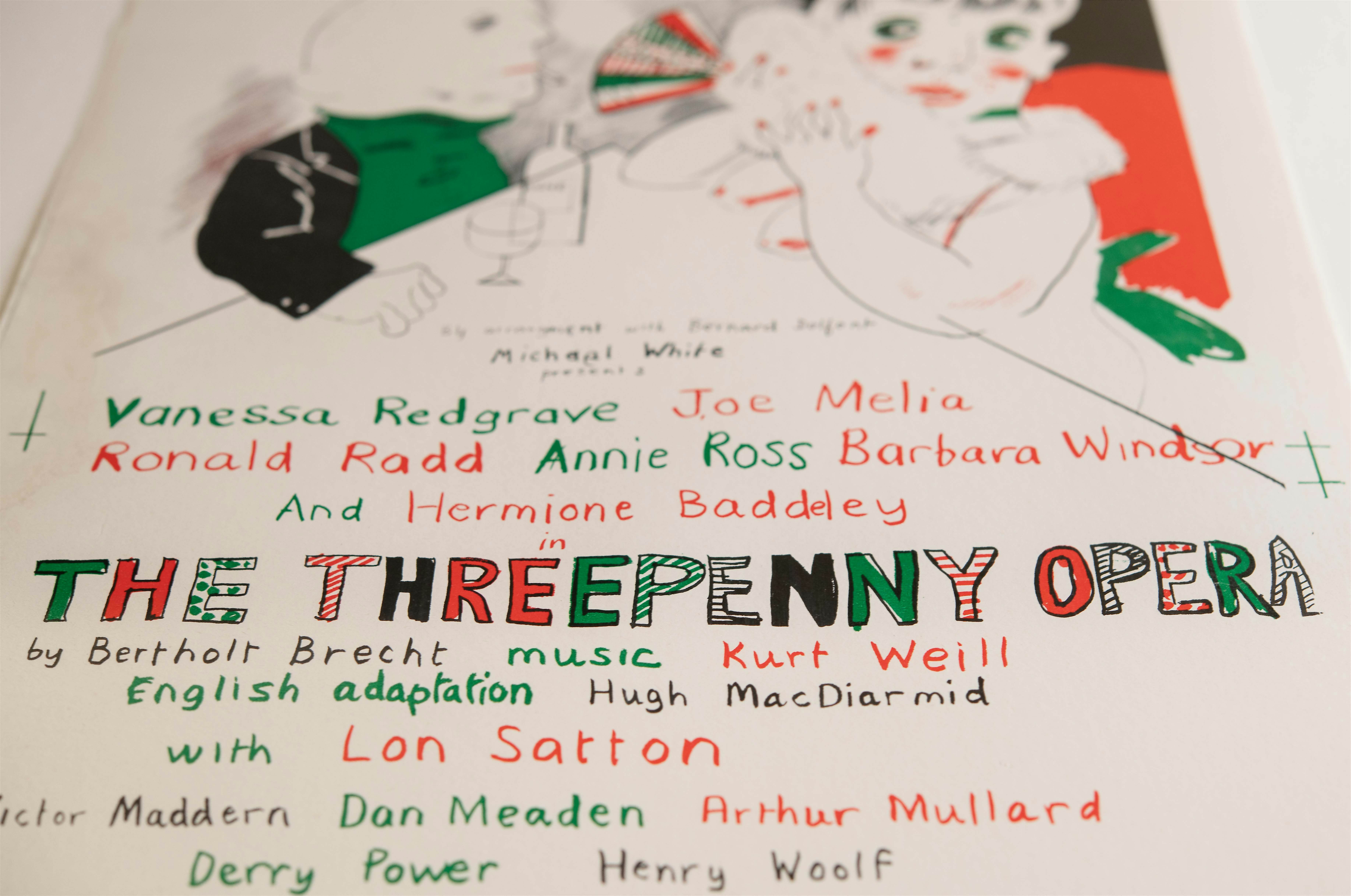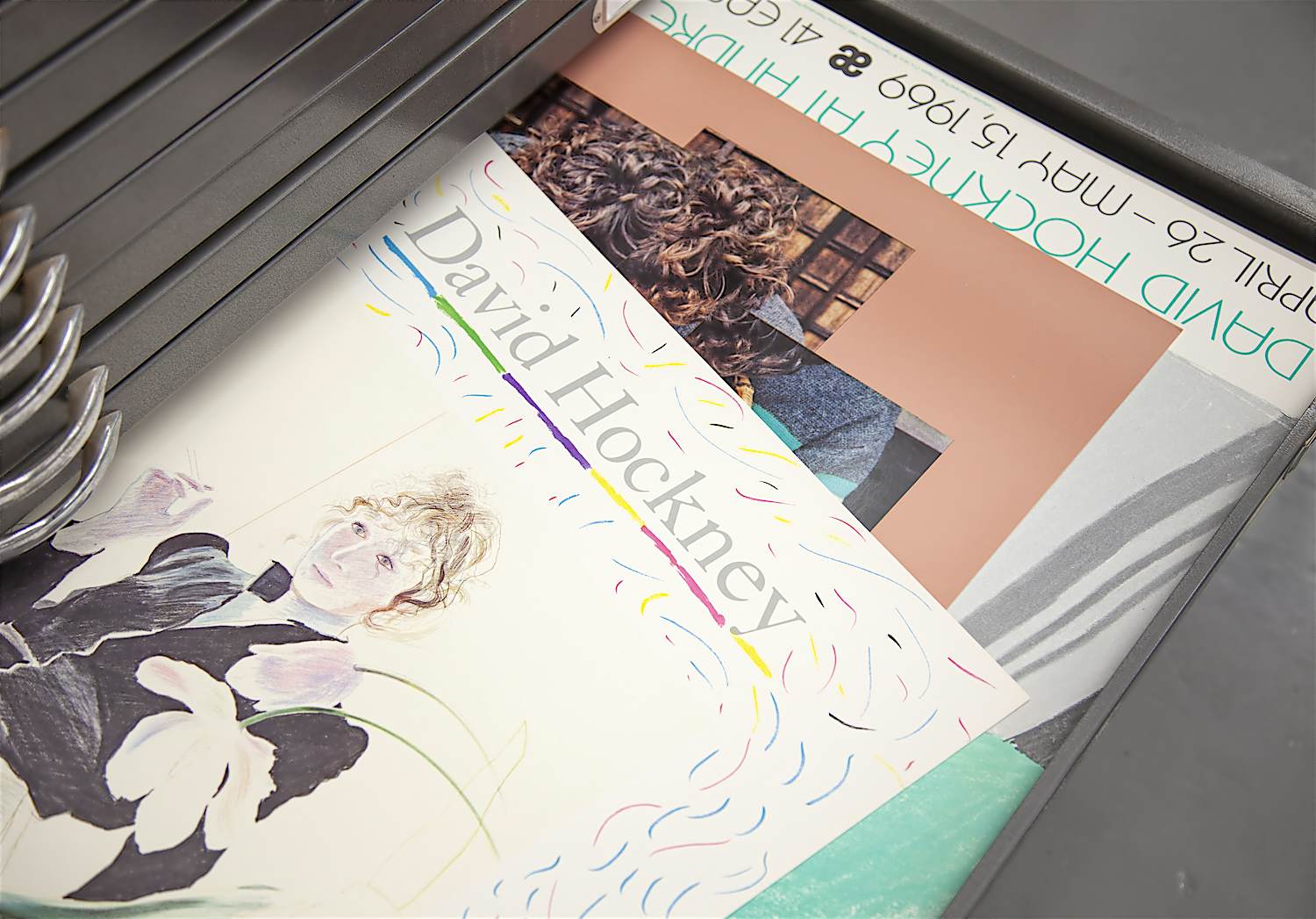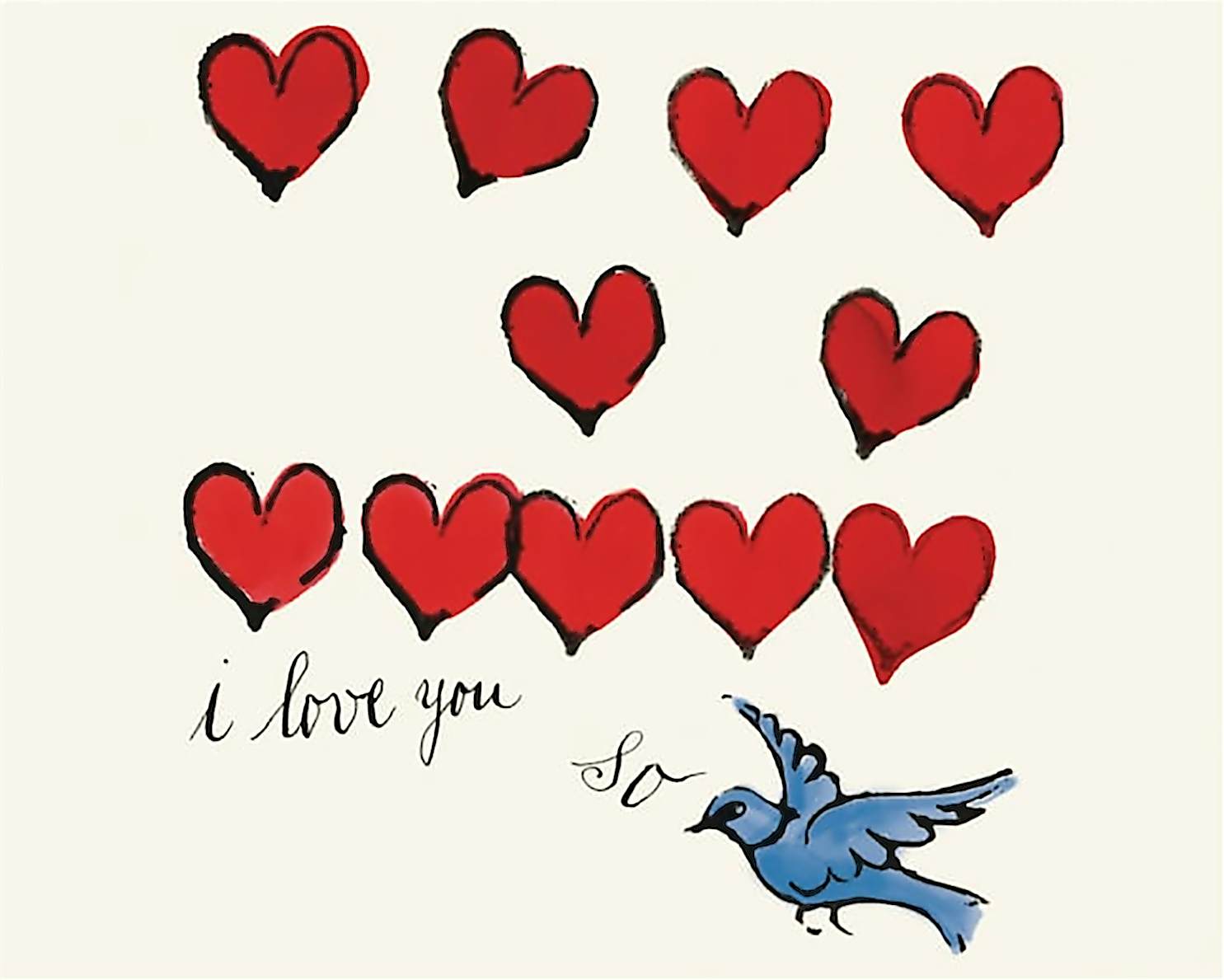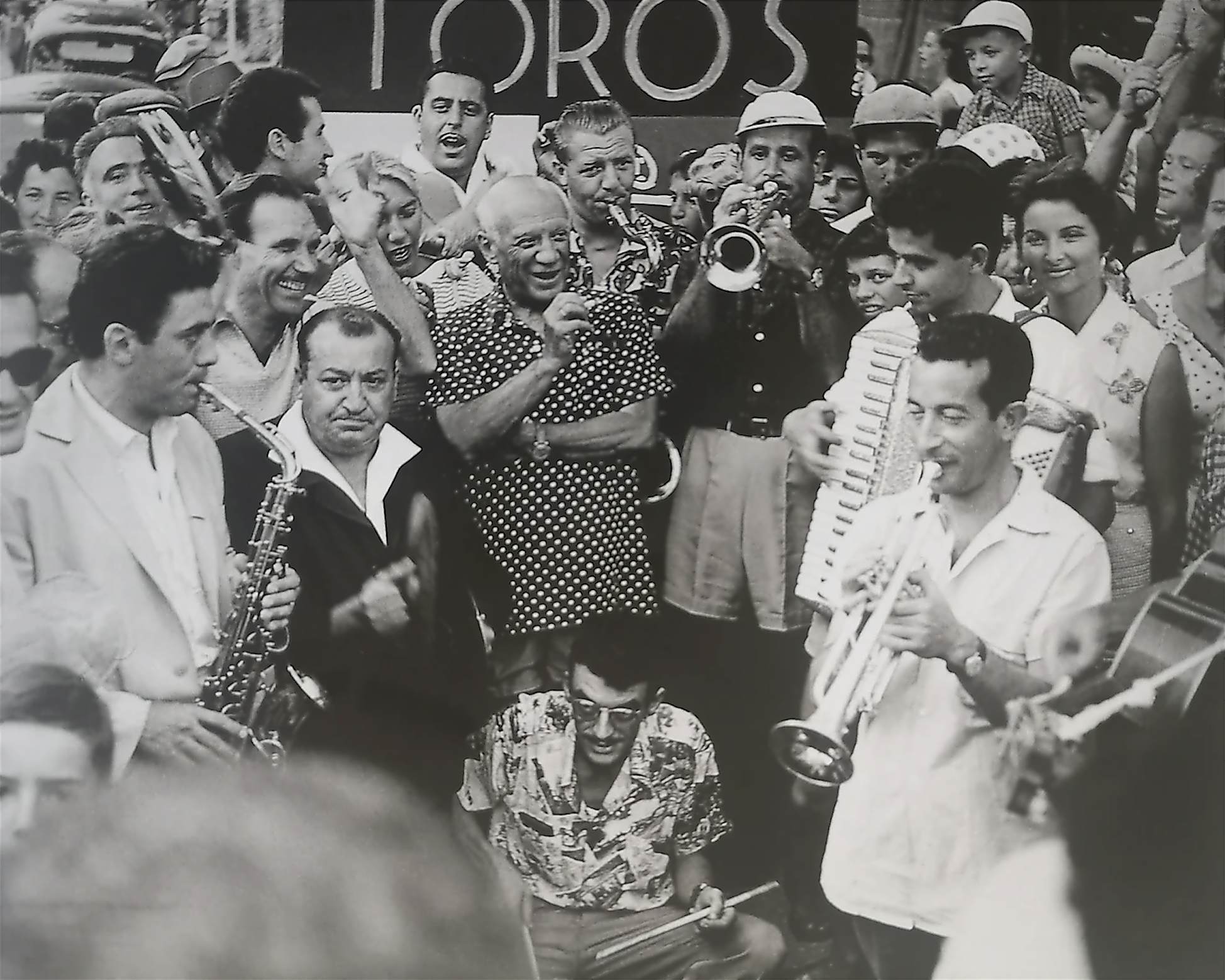Hilma af Klint and Piet Mondrian – Pioneers of abstraction
Suggested filters
It’s not often that Swedish artist Hilma af Klint has been discussed in conjunction with art theoretician Piet Mondrian. It was only in 2013 that her work was exhibited for the first time, placing her within the international artistic canon.
Tate Modern has set to change this anomaly with their latest exhibition ‘Hilma af Klint and Piet Mondrian: Forms of Life’. We take a closer look at the dialogue created between the artists based on their fascination with the natural world and Spiritualism.
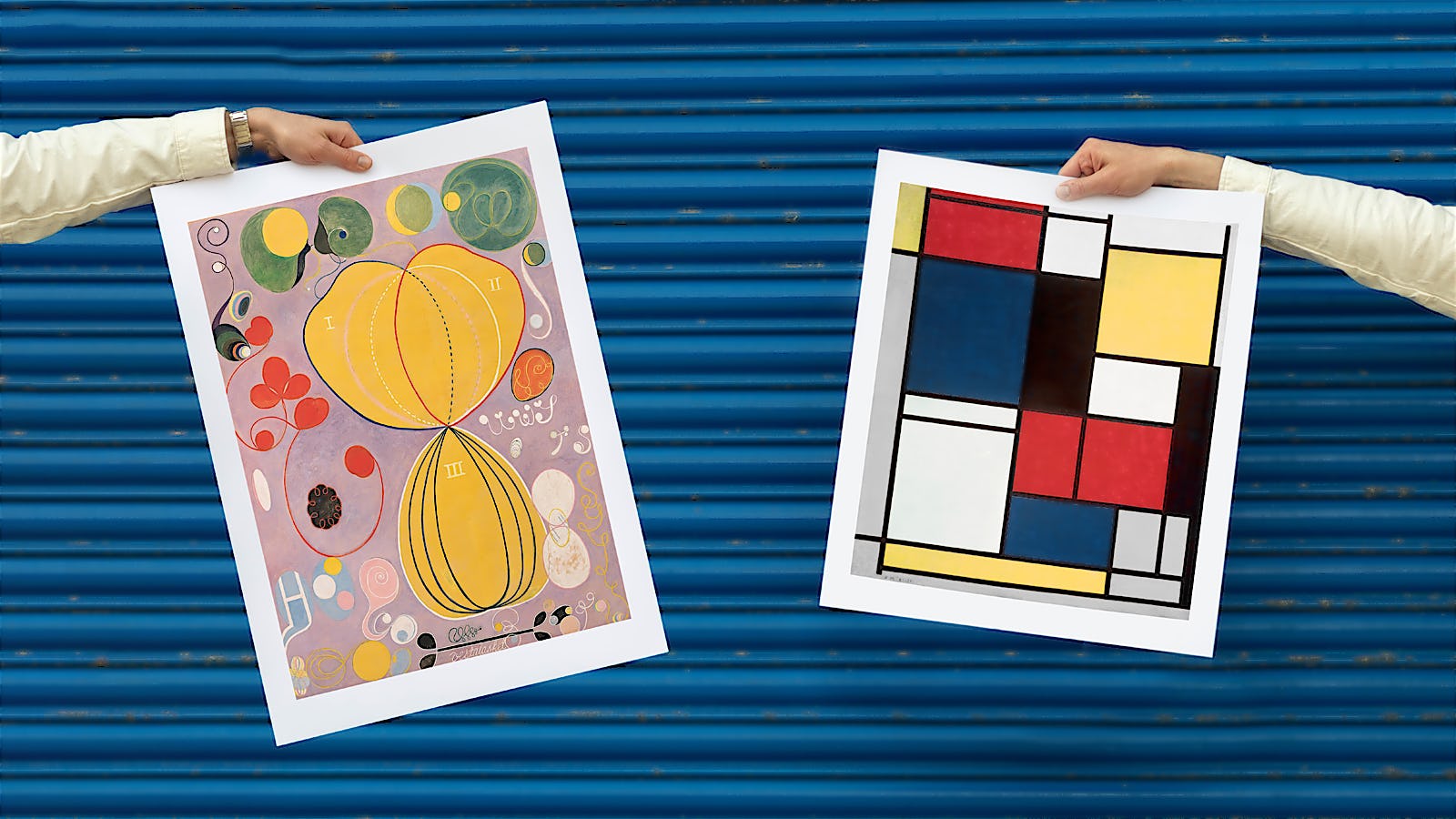
Fascination with the natural world
Both af Klint and Mondrian invented their own language of abstract art.
In one corner, you have the recently reappraised af Klint’s vivid colour palette and original composition, and in the other sits Mondrian, whose simplified shapes and geometry remain familiar today. Despite their differing aesthetics, both approaches were rooted in nature, sharing a deep love for the natural world.
Mondrian’s early career consisted of vivid landscapes and botanical drawings. ‘Chrysanthemum’, an original watercolour produced by Mondrian in 1900 featuring an individual stem of a white Chrysanthemum, highlights his ability to create delicate interpretations of flora.
In comparison ‘The Red Tree‘ features experiments with luminism – a late impressionist style devoted to the effects of light – demonstrating his first taste of the avant-garde.
Spiritual connection
Decades earlier, af Klint was part of the second generation of female artists admitted to the Royal Academy of Fine Arts in Stockholm. There she became captivated by the Swedish countryside, producing dozens of landscape paintings.
It was assumed that af Klint only created conventional artworks until her death in 1944. In fact, her work had experienced a huge transformation, influenced by the turn of the century’s increased interest in Spiritualism.
In 1907, af Klint claimed that a vision told her ‘ten beautiful paintings’ were to be executed, giving the world ‘a glimpse of the stages of life’. The following month, she began work on ‘The Ten Largest’.
These monumental paintings featured the four stages of human development – childhood, youth, adulthood, and old age – represented by organic shapes and wildly looping text.
During the early 1900s Mondrian also involved himself in the spiritual world, delving into a new religious movement known as Theosophy.
Unlike af Klint, his membership in the Theosophical Society has been treated as an intellectual interest, helping clarify his understanding of art, especially throughout the First World War.
Pioneers of abstraction
Fascinated by these new ways of spiritual thinking, Mondrian started to produce a new series of artworks consisting of squares linked with fragments of black lines, intended to convey his thoughts about the reality of the universe.
By 1917 Mondrian started geometrizing abstract art so radically that theoretical justification was called for, resulting in a series of articles setting forth the delimitations of De Stijl (The Style). The pre-empting art movement was formed by a circle of Dutch artists who promoted a style of art based on a strict geometry of horizontals and verticals.
Although these were the first ever journals devoted to abstract art, it is in fact af Klint who holds the title as the first abstract artist.
Influenced by the structured seances she attended alongside four other female artists, known as ‘The Five’, af Klint identified painting as a medium to attain the abstract.
As award winning art historian Julia Voss explained in her 2011 'Hilma af Klint: A Biography', she is the actual pioneer of abstraction!
‘Hilma af Klint & Piet Mondrian: Forms of life’ is open until 3 September 2023 at Tate Modern. Learn more
Related stories
Subscribe to our newsletter
Be the first to hear about our new collections, limited edition launches, and enjoy artist interviews.
By subscribing you agree to our privacy policy.
Contact us: customer care
Email us
01273 511 942
Mon-Thurs, 9 am - 5 pm
Fri 9 am - 2 pm
All art prints and images on this website are copyright protected and belong to their respective owners. All rights reserved.





